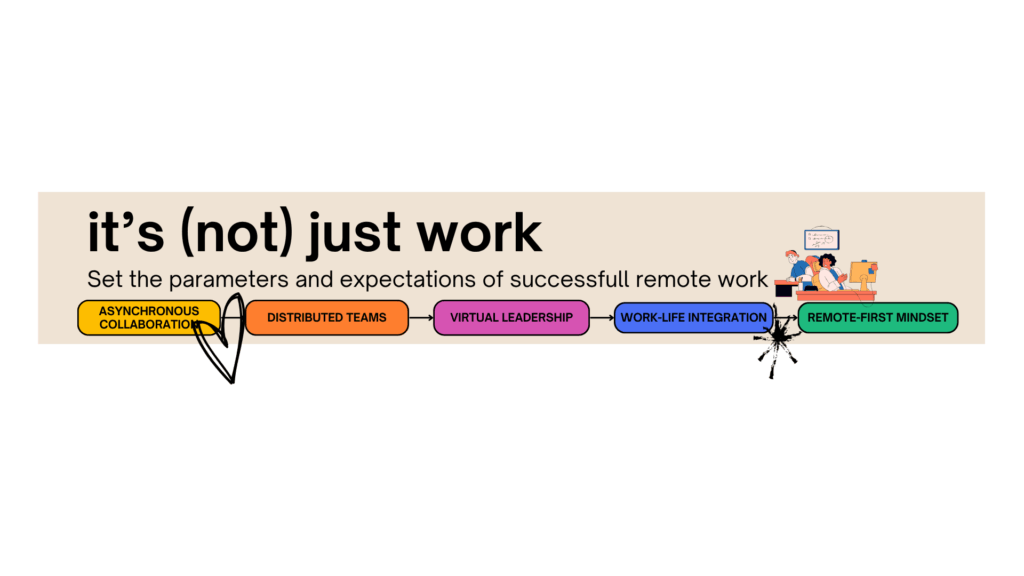Remote work isn’t new. Virtual teams, distributed projects, and cross-border collaboration have been part of global business for decades. Yet even after all these years, remote leadership remains challenging — and strangely absent from many established leadership development programs.
So, why is remote leadership still so important? And why is it still so hard?

1. The work has changed — permanently
The pandemic accelerated a trend that was already unfolding: many teams no longer sit together in the same building. Even traditionally “office-centric” industries are seeing long-term hybrid and fully remote setups. This shift makes remote leadership not just a nice-to-have skill, but a core management competence.
In these setups, leaders are no longer managing time in the chair, but outcomes, trust, communication, and culture — all without daily physical presence. That requires a very different leadership toolkit.
2. Communication friction never fully disappears
Technology helps: Zoom, Teams, Slack, and collaborative platforms make remote work feasible. But human communication doesn’t automatically adapt to tools.
Tone gets lost. Nonverbal cues disappear. Quick clarifications turn into scheduled calls. Misunderstandings can fester.
Remote leadership means learning to deliberately communicate in ways many leaders were never trained to do: proactive context-sharing, clarity without micromanaging, and an intentional presence even when not physically visible.


3. Trust is harder to build — and easier to erode
In an office, trust often grows informally — hallway chats, shared lunches, spontaneous interactions. Remote environments strip much of that away. Leaders have to design opportunities for connection, create psychological safety intentionally, and find new ways to maintain personal relationships with team members.
The absence of physical proximity magnifies every leadership misstep, but rarely gives immediate feedback that something’s going wrong.
